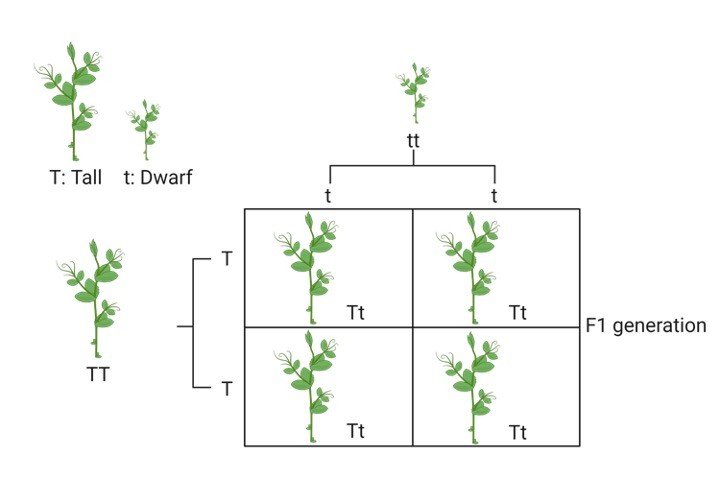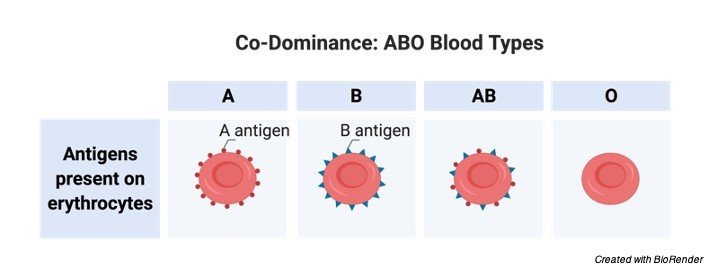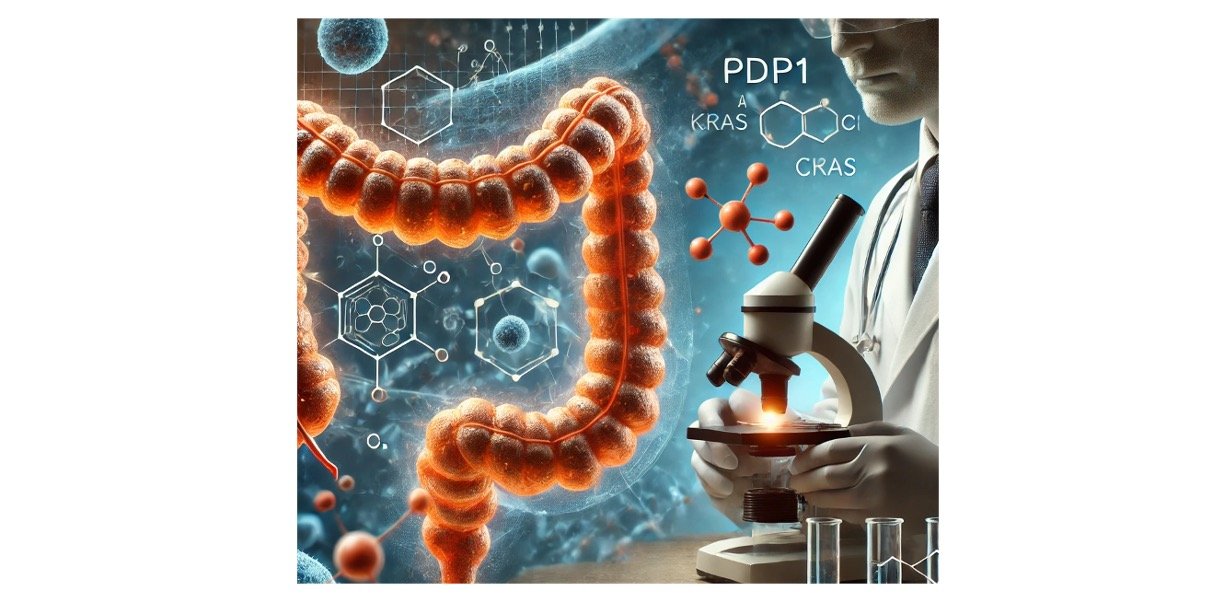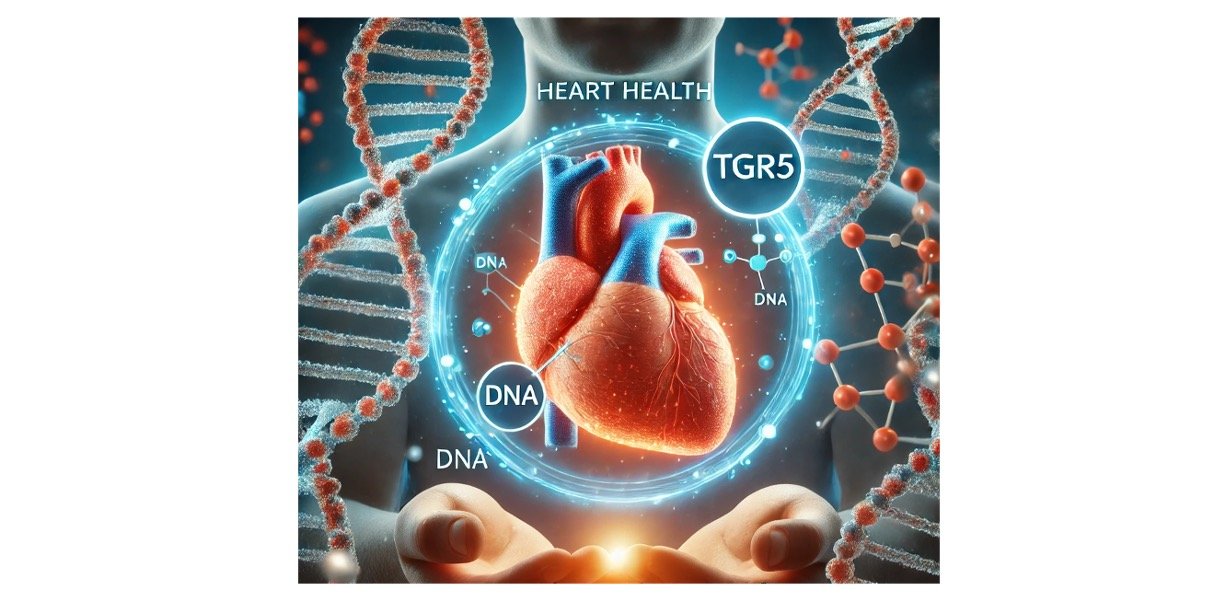Table of Contents
Allele Definition
Allele is a variation of a gene that controls the same characteristic and is located in a certain chromosomal region (called the locus). Allele is derived from the Greek ἄλλoς (állos), which means “other.” Allelomorph is a synonym for allele.
What is Allele?
An allele is a word used to define a gene’s unique copy. In eukaryotic genomes, genes, or DNA sequences that govern human characteristics, are generally present in two copies; each copy (allele) is inherited from one parent. Each allele is assigned to a unique gene locus on the chromosome. The two alleles of the gene are found in the same area of two homologous chromosomes, one from each parent. It’s possible that the alleles are dominant or recessive. The influence of the recessive allele is masked by the dominant allele (definition: the allele that is expressed) (definition: the allele that is not expressed).
An observable trait or attribute is referred to as a “phenotype.” If the trait is regulated by only one gene, the genotype is made up of both alleles. As a result, the term genotype refers to an organism’s set of alleles that code for each characteristic. The genotype of a gene can be characterised as homozygous or heterozygous depending on the DNA sequence of each allele.
The term homozygous genotype refers to an organism’s genome having two identical alleles for the same gene. Both alleles contribute equally to the trait’s manifestation. In contrast, a heterozygous genotype has two distinct versions of the same gene. However, some genes contain more than two different allelic forms, which are referred to as many alleles.
Allele Examples
Alleles and how they are expressed are shown in the examples below. As in the case of full dominance, allelic expression may follow a Mendelian pattern of inheritance. The alleles may be manifested by codominance, partial dominance, or polygenic inheritance in nonMendelian inheritance.
i. Complete Dominance
The alleles responsible for blossom colour in garden peas, one of the seven characteristics examined by Gregor Mendel in his studies that subsequently established the laws of genetics, are a classic example of how alleles function.

The blooms of garden peas can be purple or white in hue. The allele for purple colour and the allele for white colour are present in the gene coding for this characteristic, which is responsible for generating a purple pigment.
To characterise genotypes, alleles are assigned letters. The allele for tall (referred to as T) can naturally express tall phenotype, but the allele for dwarf phenotype (referred to as t) can’t. As a result, the tall genotype is abbreviated as TT, Tt (Tall phenotype) whereas tt for dwarf phenotype. In this case, however, one T allele is capable of producing enough genes to turn the height tall. Plants with either the TT or Tt genotypes will produce tall phenotype, whereas only the tt genotype will have dwarf phenotype.
The dominant allele is the one that exhibits the characteristics above the other one in this scenario (the T allele in this case). The other allele (t) is recessive, meaning it is only expressed when two copies are present.
This isn’t always the case, though. Codominance is a situation in which two distinct alleles (heterozygous genotype) are equally expressed in some genes. ABO blood grouping alleles are one of the most common instances of this sort of inheritance.
Many ABO blood types are found in humans. Antigens unique to blood types A, B, AB, and O can be seen in the red blood cells. The A antigen is found in blood type A. The B antigen is found in blood type B. A and B antigens are found in blood type AB. On the cell surface of red blood cells, blood type O lacks antigens A and B.
ii. ABO Codominance
There are three allelic forms of the ABO locus: A, B, and O. The blood group phenotypic is determined by the genotype of this gene, which determines the antigens on red blood cells. The A and B alleles both code for glycosyltransferase, which catalyses the last step in the production of A and B antigens, but the O allele codes for an inactive form of the enzyme. Due to numerous single nucleotide polymorphisms (SNPs) in the ABO gene, the enzymes transcribed by the A and B alleles differ in only four amino acids.

The ABO gene’s inheritance pattern is shown in the table below. Because the locus has three different alleles, mating can result in six genotypes. A, B, AB, and O are the only four phenotypes (blood groupings) that exist. In blood groups, there are two inheritance patterns. When the O allele is present, both the A and B alleles become dominant. If a person has the AB genotype, however, both alleles are expressed equally (codominance), resulting in a phenotype in which both A and B antigens are present on the surface of red blood cells.
iii. Multiple Alleles
It’s possible that certain genes have more than two allelic variants. Many people are aware that human genes have many alleles. Each gene may only have two alleles per person. Within a population, however, certain genes may contain hundreds of alleles. Any allele is the consequence of a change in the DNA sequence of a gene, even if the change is only one nucleotide long.
As a result, having many alleles of a gene does not always imply phenotypic diversity. Many allelic variants are caused by variations in the gene’s sequence that have no effect on the protein’s sequence or function. In comparison to mutant alleles that alter protein structure or function, all of these “normal” alleles are referred to as “wild-type” alleles.
All mutations discovered in a gene in a population are sometimes referred to as multiple alleles. Multiple loss-of-function mutations, for example, can be found in a group of individuals with a genetic illness. Although various mutations result in the same consequence, loss of protein function, each mutation is treated as a separate mutant allele if it occurs in a distinct gene location.
iv. Beta-Thalassemia
The decrease or lack of beta-globin chains in haemoglobin is known as beta-thalassemia. So far, more than 300-thalassemia alleles have been identified, with the majority inheriting in a Mendelian recessive manner. The majority of reported mutations in the-globin gene or its surrounding areas included a single or a few nucleotides.
There have also been reports of deletion mutations that result in the entire lack of chain manufacturing. The severity of the illness is mostly determined by the chain’s quantitative decline level. Beta-thalassemias are a category of hereditary blood diseases characterised by a wide range of mutations in the globin gene and a wide range of symptoms.
v. Short Tandem Repeats (STR)
Short tandem repeats (STRs) are short DNA sequences (2-6 nucleotides) found throughout the genome. Although they are non-coding DNA sequences, they have been related to particular genetic disorders. However, forensic investigation is the most common and effective application of STR markers. The amount of repetitions in each STR locus varies a lot from person to person.
Using these differences within a population, scientists devised a forensic identification technique based on several STR markers. The combination of several markers in the same test results in a high level of discrimination in the form of a unique “DNA fingerprint” that may be used to identify people in instances like unidentified bodies or criminal suspects.
Allele Variation
Returning to the ABO blood groups, genetic differences between alleles might result in protein differences. Even a modest change in protein levels, in this example, four amino acids, can have a significant impact on phenotypes. Because the recipient’s immune system reacts to the ABO antigens present in the donor’s RBCs, a blood transfusion to an incompatible patient might result in death. As a result, allelic variation between genes can be considered one of the main mechanisms contributing to the genetic diversity observed between people.
i. Discontinuous Variation
Discontinuous variation, which occurs when a characteristic exists in two or more distinct alternative forms, is shown in blood groups and flower colour phenotypes. Different phenotypes can be clearly identified in this sort of variation. Polymorphism is a word used by geneticists to describe characteristics that have two or more common phenotypes in a population, while morphs is a term used by geneticists to describe individual phenotypes.
Rare, extraordinary phenotypes exist in some situations; they are referred to as mutants, whereas the more frequent normal phenotype is referred to as wild-type. Although both polymorphisms and mutations are caused by changes in DNA sequence, polymorphism alterations have become increasingly prevalent.
ii. Continuous Variation
Continuous variation is the second form of genetic variation. As opposed to discontinuous variation, this form of variation exhibits a continuous range of phenotypes that can not be identified as discrete phenotypes. Weight, height, eye colour, and other quantifiable traits are examples of characters that demonstrate continual fluctuation. These phenotypes are more difficult to analyse than those with discontinuous variation since they are generally encoded by several genes.
Molecular Basis of Allelic Variation
Phenotypes can be caused by the activity of a single gene, as in most discontinuous phenotypes, or by the action of multiple genes, as in continuous phenotypes. The majority of genes code for proteins that express the characteristics directly. Proteins are the key factors presenting the phenotype through executing their biological activities, as they are the direct product of gene expression. Proteins might be antigen receptors, pigments, hormones, antibodies, or enzymes that deliver antigens to immune cells.
Variation in the genes that code for these proteins can have a variety of effects, ranging from no impact to altering the function of these genes. A single nucleotide, the building block of DNA, can alter some genetic variants. The most prevalent and simplest kind of genetic variation is nucleotide substitution. Amino acid substitution will occur if a substitution occurs in the coding region of the gene.
The impact of amino acid substitution on protein function and phenotype is largely determined by the altered amino acid location within the three-dimensional structure of the protein. An enzyme’s job, for example, is to catalyse chemical reactions by attaching to its substrates via an active site, which is an area inside the enzyme’s 3D structure that is lock-and-key bonded to a substrate. Because biological activity is based on structure, any minor alteration in the 3D structure of the active site will have a direct impact on enzyme function.
As a result, a base-pair substitution that changes an amino acid in the active site or in a different area of the active site, causing the active site’s 3D structure to alter, will stop the enzyme from working. Other nucleotide changes can result in a stop codon, causing translation to end prematurely and the production of truncated protein products.
Mutations can also take the form of one or more nucleotide additions or deletions. Because the mRNA molecule is read in three “codons,” the effect of these mutations is typically more harmful to the protein; thus, unless the deletion or insertion contains a multiple of three nucleotides, a shift in the reading frame will occur, altering all the subsequence codons. “Frameshift mutations” is the name given to such mutations.
Allele Citations
Share












